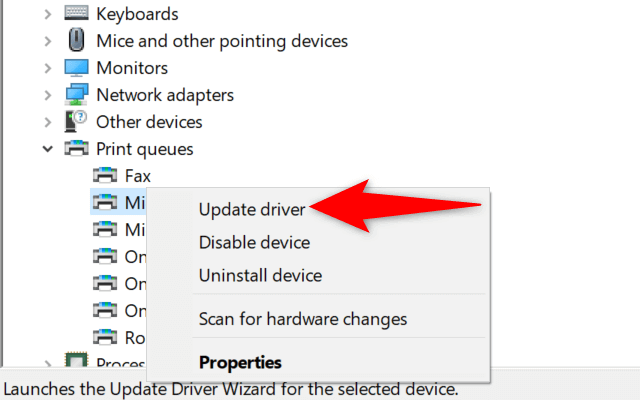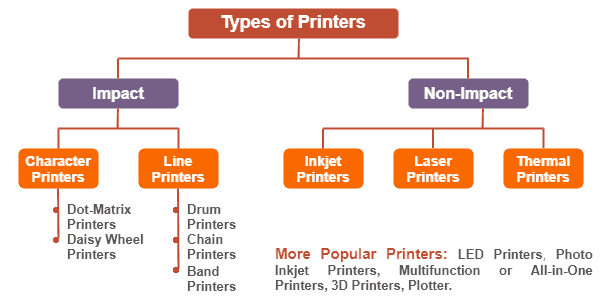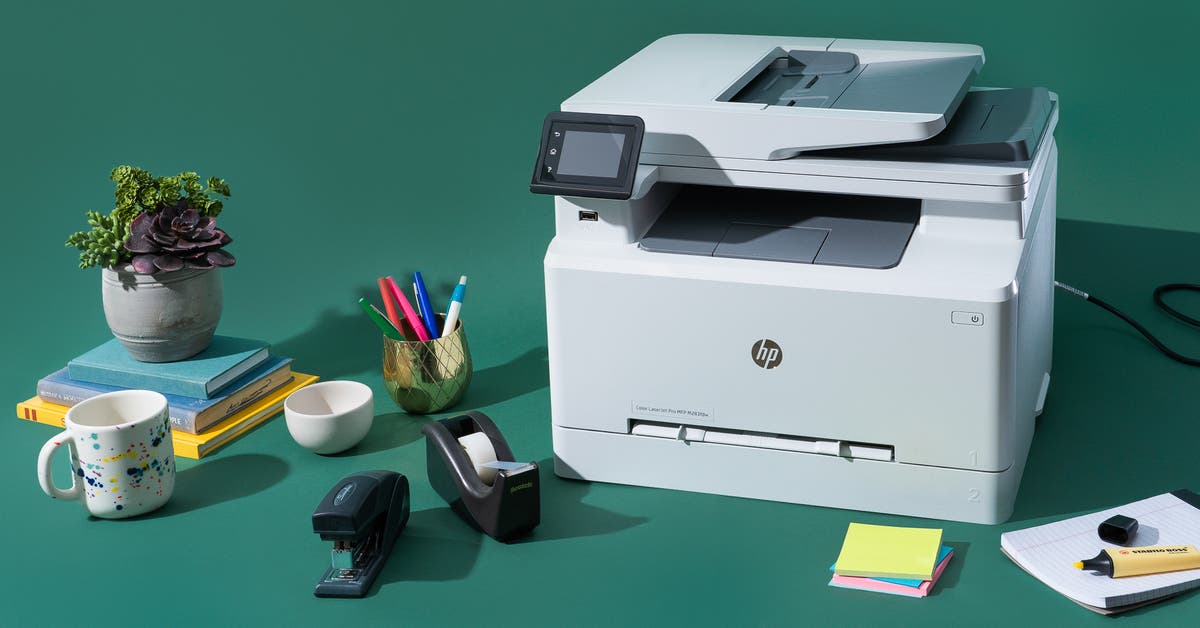Wrist-Based Health Insights: The Future of Wearable Wellness
Wrist-worn devices
revolutionize personal wellness by offering real-time health insights that are
both accessible and actionable. Smartwatches and fitness trackers empower
individuals to take control of their health journey, providing continuous
monitoring of vital signs and lifestyle habits. These gadgets have become
essential tools for preventive care, identifying potential health issues before
they develop into serious conditions. Their popularity continues to rise as
they offer a seamless integration of technology into daily life. By
democratizing health information, they bridge the gap between patients and
healthcare professionals, promoting proactive rather than reactive care. This
trend represents a significant shift towards individualized health management,
with the potential to enhance quality of life and well-being.
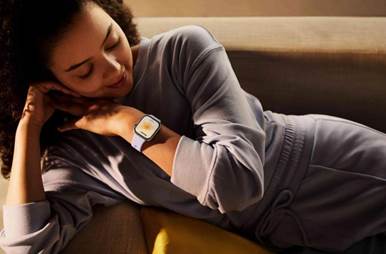
The Rise of
Wrist-Worn Health Technology
Wrist-worn health technology has
gained momentum due to its convenience and ability to deliver accurate health
metrics. Major players have driven innovation, bringing sophisticated health
monitoring features to consumer-friendly devices. Their design incorporates
compact sensors allowing users to track health data without discomfort. With
advancements in battery life and connectivity, these devices provide
uninterrupted monitoring, making them ideal for daily use. This surge in
adoption highlights a growing consumer interest in self-managed health. As
technology advances, we can expect these devices to become even more
sophisticated, offering an expansive range of health insights that integrate
seamlessly into various aspects of our lives.
Key Health
Metrics Tracked by Wrist Devices
Wrist-worn devices track various
health metrics that offer a comprehensive view of one’s well-being.
Heart Rate and SpO2
Monitoring
Heart rate monitoring is a
cornerstone of wrist-worn health technology. Sensors measure heartbeats per
minute, offering insights into cardiovascular health. Fitness enthusiasts use
this data to optimize workouts, while others monitor for irregularities that
might indicate health issues. SpO2, or blood oxygen saturation, is another
critical metric. It indicates how efficiently your blood carries oxygen,
essential for respiratory health. Wrist devices provide alerts for unusually
low levels, crucial for individuals with conditions affecting breathing.
Through continuous monitoring, users gain deeper insights into their body’s
response to different activities and situations, enabling more informed health
choices and offering peace of mind regarding heart and respiratory health.
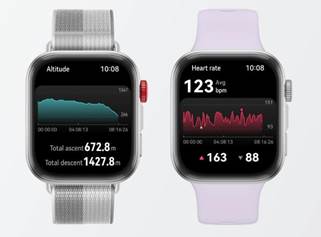
Sleep Quality and
Patterns Analysis
Understanding sleep is vital for
overall health. Wrist-worn devices leverage accelerometers and heart rate
sensors to track sleep cycles, from light to deep sleep and REM stages. This
data, available on many devices, helps users identify and improve sleep quality
and duration. Poor sleep can lead to health issues like weakened immunity and
increased stress. By analyzing sleep patterns, users can adjust habits or
environments to enhance restfulness. Insights from devices help optimize sleep,
leading to better mood, energy levels, and cognitive function. As a result,
individuals are empowered to create a stable sleep routine, improving daily
performance and long-term health.
Stress Detection and
Management
Modern life brings stress,
affecting both mental and physical health. Wrist-worn devices now include
features to detect stress levels by analyzing heart rate variability, offering
snapshots of physiological responses to daily stressors. Devices from brands
provide guided breathing exercises and mindfulness tips to aid in stress
management. Tracking stress helps users recognize patterns and triggers,
encouraging the adoption of stress-reducing habits. By understanding and
addressing stress, users can improve mental health, lower the risk of
stress-related illnesses, and enhance their quality of life. These insights
enable proactive management of stress, reducing its impact on well-being.
The Future of
Wrist-Based Health Technology
The future of wrist-based health
technology holds exciting prospects as devices become more advanced and
integrated. We anticipate sophisticated analytics combined with AI, enhancing
personalization and predictive health insights. Future devices will likely
monitor a broader range of biometrics, providing detailed feedback and
recommendations. We can expect seamless health data integration with healthcare
systems, offering comprehensive health profiles for medical professionals.
These innovations will reinforce personal preventive care while engaging
individuals in their health journey. Encroaching on more medical-grade
measurement territory, these devices could become indispensable tools in health
care delivery, bridging personal and professional health management.
Huawei Watch Fit
4: Comprehensive Health Tracking
The Huawei Watch Fit 4 exemplifies next-generation wrist-based health technology. With a sleek design, it offers comprehensive health tracking capabilities. Beyond standard metrics, the Watch Fit 4 provides advanced analysis on heart rate, SpO2, and even skin temperature. Its AI-driven insights recommend tailored activities and rest plans, aiming to enhance user well-being. Their health app interface is intuitive, guiding users through their health data to facilitate informed decisions. This device represents how technology pushes boundaries in transforming health wearables from passive data collectors into active, insightful companions in the journey towards holistic health and wellness.
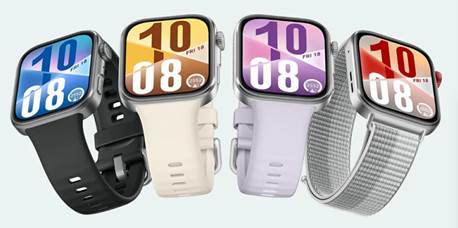
Conclusion
Wrist-worn
health devices are at the forefront of transforming personal health management.
By providing accessible and accurate health insights, they empower individuals
to take control of their well-being in unprecedented ways. As technology
continues to evolve, the potential for these devices to integrate more deeply
into healthcare and daily routines is immense, offering promising prospects for
improved health outcomes. With innovation driving continuous improvement,
there’s no doubt that wrist-worn technology will play a central role in the
future of health and wellness. Stay informed and engaged in this exciting
digital health era, reaping the benefits of a data-driven wellness approach.



